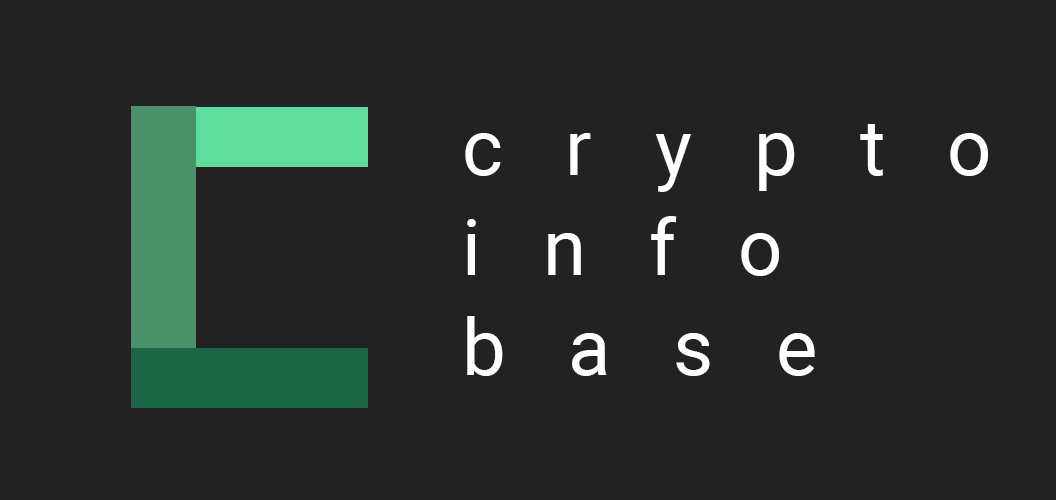Yesterday, on July 28, 2018, the EOS wallet was blocked at Binance – the most popular cryptocurrency exchange. As of today, users can not withdraw their EOS from the exchange, as well as deposit it there. You can trade this coin. Of course, trading is not very pleasant when you know that your account is actually frozen. But, frankly speaking we cannot say that the EOS cryptocurrency trading volume has fallen dramatically.
The most interesting is not the very fact of blocking the EOS-wallet of the exchange, but the reasons for such an unpleasant event. It turns out that Binance has forgotten to pay the CPU rent on the EOS network. Perhaps they have saved money. We will not be surprised at the latter if we take into account the latest history with changing the rules for charging the trading-fee on the exchange.
In the EOS network, each token delivered into the stake gives the user a portion of the CPU and Network resources. The amount of resources spent is reset every day. The cost of one transaction varies, depending on the network load. For the minimum package of transactions, it is enough to transfer 0.1 EOS to the stake. That’s how much was paid by the crypto-giant. The problem is that thousands of transactions with EOS are carried out on Binance. The resources were quickly expended therefore the Binance account on the network was frozen.
Such an embarrassment from the top crypto exchange 😐




